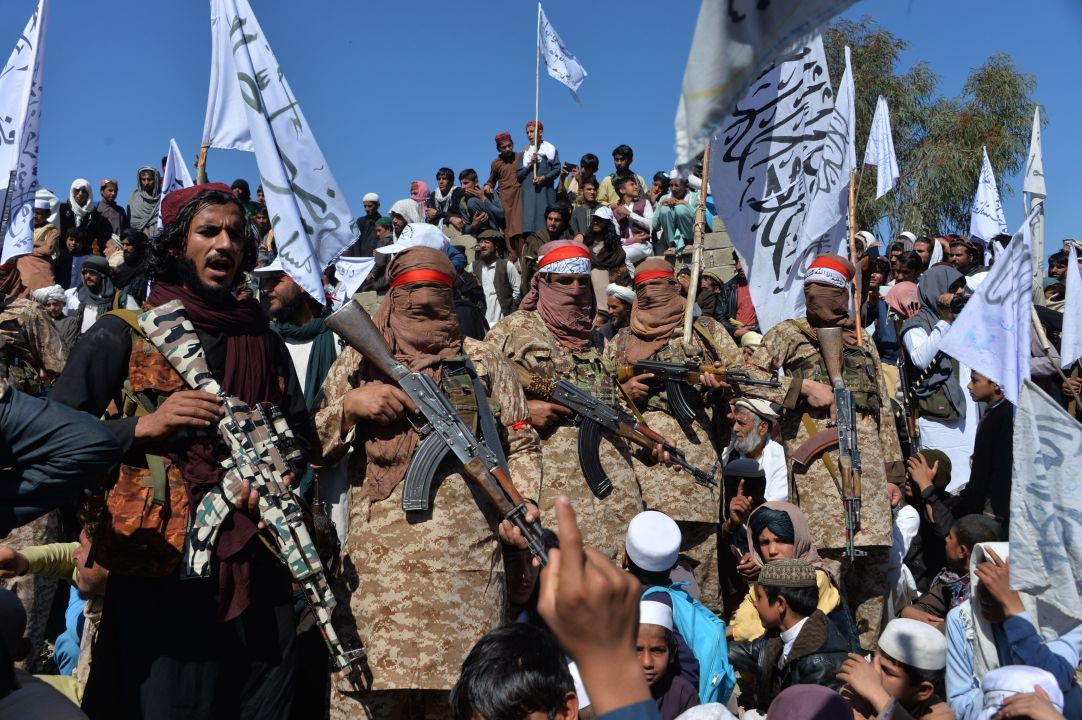Student takeover
Where did the Taliban come from?
— The word ‘Taliban’ means simply ‘students’ in Pashtun. They were originally a group of 50 students from the Sang-i-Hisar madrassa in Kandahar, led by Mohammed Omar, and committed to the overthrow of the warlords who were running Afghanistan in the wake of the Soviet withdrawal in 1989. The movement emerged in 1994. By November of that year it was already in control of the city of Kandahar and two years later took control of the whole country.
Hydrogen balloon
The government published its ‘hydrogen strategy’, which it claimed could create 9,000 jobs by 2030 and eventually account for between 20% and 35% of UK energy consumption. How big is Britain’s hydrogen economy at present?
— In 2019 the House of Commons Library reported that Britain was producing 0.7 Mt of hydrogen a year, a small fraction of the 50 Mt produced globally. At present, its use is mostly limited to oil refineries and ammonia production for fertilisers.
— Although it is touted as a zero carbon fuel, most hydrogen is produced from:
Steam production from methane obtained from natural gas (approx. 48% of global production); gasification of coal and oil (another 48%); and electrolysis of water (4%). Only the latter can claim to be zero-carbon, and only then if the electricity used is itself generated by zero carbon means. — There is a possibility that the first two processes could be used in combination with carbon capture and storage. However, using hydrogen manufactured by that method would involve consuming between 15% and 66% more natural gas than would burning the gas directly.
Island life
An undersea volcanic eruption 745 miles south of Tokyo formed a new island, half a mile long. At least 20 new islands have been added to maps this century, including:
— Hunga Tonga, a mile-long island off Tonga formed by volcanic activity in 2014.
— Sholan and Jadid, islands formed off Yemen by volcanic activity in 2011 and 2013.
— Zalzala Koh, formed by an earthquake off Pakistan in 2013.
— Tugtuligssup Sarqardlerssuua, uncovered by the retreat of a glacier off Greenland.
— Norderoogsand, a 30-acre sandbank formed by currents six miles off the North Sea coast of Germany in 2003
— Shelly Island, also formed by currents off North Carolina in 2017. It was struck by Hurricane Maria the same year, which eroded 70% of its landmass. The following year it disappeared altogether.







Comments